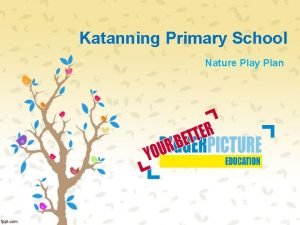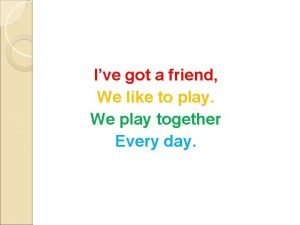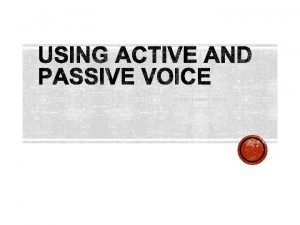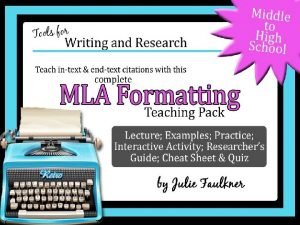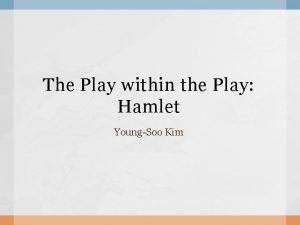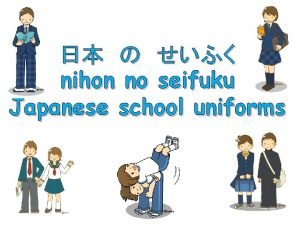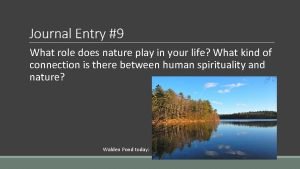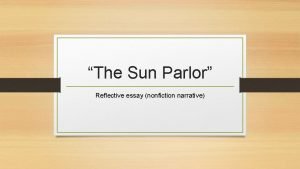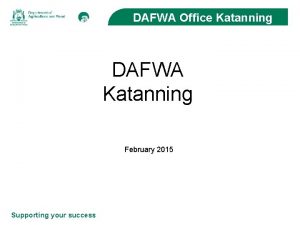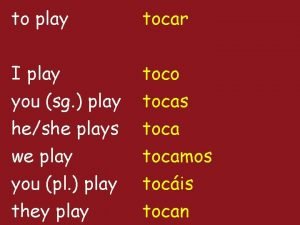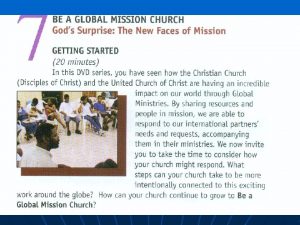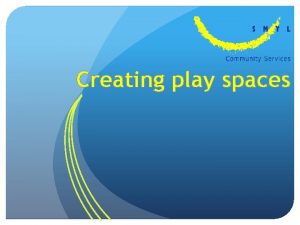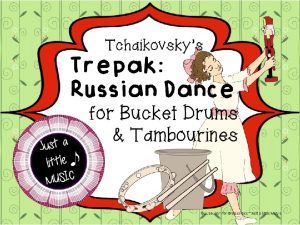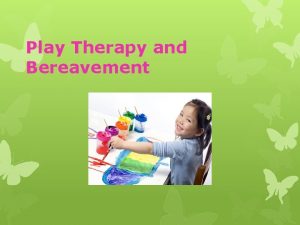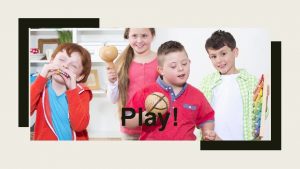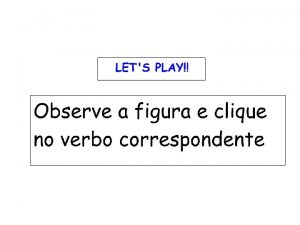Katanning Primary School Nature Play Plan Why is











- Slides: 11

Katanning Primary School Nature Play Plan


Why is Nature Play Important? • • Children who play regularly in natural settings are sick less often. Mud, sand, water, leaves, sticks, pine cones and gum nuts can help to stimulate children's immune system as well as their imagination. Children who spend more time outside tend to be more physically active and less likely to be overweight. Children who play in natural settings are more resistant to stress; have lower incidence of behavioural disorders, anxiety and depression; and have a higher measure of self -worth. Children who play in natural settings play in more diverse, imaginative and creative ways and show improved language and collaboration skills. Single use, repetitive play equipment becomes boring quickly. Natural, irregular and challenging spaces help kids learn to recognise, assess and negotiate risk and build confidence and competence. Children who play in nature have more positive feelings about each other. Bullying behaviour is greatly reduced where children have access to diverse nature-based play environments. Symptoms of Attention Deficit Disorder are reduced after contact with nature. See more at: http: //www. natureplaywa. org. au/programs/nature-playgrounds/benefits#sthash. 8 XZ 9 LLOp. dpuf

What we DON’T have at KPS…. How can I read a book under a tree…with no trees? How can I experience the pride and accomplishment of climbing a tree using my gross motor skills…when there are no trees? How can we learn to count to 100… with only 2 sticks?

How can I learn about the life cycle of a frog…. with no pond? How can I learn about photosynthesis …. with no plants? How can I write and read my sight words in the sand…. . with no sand?

How can I build a fort with my friends – using my problem solving skills…with no loose parts? How can I practice my measurement skills …with no mud kitchen? How can I learn my colours… when there are no flowers? How can I learn to share my threading objects…with nothing to thread? How can I strengthen my occupational therapy skills…with nothing to hold?

The KPS Student Vision With Room 15 at KPS, we discussed some of the materials we would find in Nature Playgrounds (sand, rocks and logs). We brainstormed all the things we could do with these… Rocks: counting, making patterns, measuring, hopscotch, climbing, making words Sand: writing words I the sand, writing numbers, making sandcastles and measuring them, digging holes and measuring them, working with your friends to make things. Logs / trees: balancing, jumping, crawling, climbing (these things make our brain wirk better by making our bodies work better) Then we drew our ideas…



Budget • Consultant Fees $5000 • Construction / Materials $100 000 - $150 000 • Planning phase (Teacher relief to work with students) $5000 (10 days – 1 per class) • Leading Teacher time (2 days a week to plan lessons, lead teachers and provide Professional Development for teachers) $40 000 • Extra duty for play areas $5 000

Bibliography • http: //www. natureplaywa. org. au/programs/ nature-playgrounds/benefits • Microsoft Autocollage • Pinterest • Flickr • http: //childhood 101. com/2013/09/outdoorliteracy-ideas/
 Katanning primary school
Katanning primary school Andreas carlsson bye bye bye
Andreas carlsson bye bye bye Dont ask why why why
Dont ask why why why I've got a friend we like to play we play together
I've got a friend we like to play we play together Louise made the chocolate cake active or passive
Louise made the chocolate cake active or passive Play by play
Play by play Play within the play hamlet
Play within the play hamlet Japanese school sports uniform
Japanese school sports uniform Nature journal entry
Nature journal entry Nature and nature's law lay hid in night
Nature and nature's law lay hid in night Nature nature controversy
Nature nature controversy What is the topic of the essay the sun parlor
What is the topic of the essay the sun parlor
